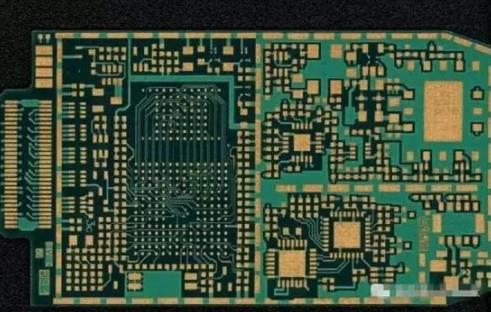PCB circuit board maintenance often requires component welding and disassembly. Instrument workers must master the welding and disassembly skills of the circuit board electronic components of the meter in order to improve the quality of meter maintenance.
1. Skills for welding electronic components
1. It is important to choose flux: rosin flux can be used for instrument maintenance and welding. Rosin and solder should be added to the solder joints during soldering. Do not use a hot soldering iron tip to dip rosin; it is more convenient to use rosin alcohol solution.
2. Pay attention to the cleaning of component pins: The metal pins of electronic components often have oxides, which have poor conductivity and are difficult to tin. Before welding, the metal surface of the welding place should be polished with an eraser. In order to make the pins of electronic components easy to solder, the components are all surface-treated when they leave the factory. For components with severe oxidation, a knife or sandpaper can be used to remove the oxide layer on the component pins. After the oxide layer is removed, tin-plated on the bright and clean component leads, so that the leads are evenly plated with a thin tin layer. Only after careful cleaning and tinning of the electronic component pins, the problem of "virtual soldering" will not appear after soldering.
Skills for soldering and disassembling electronic components on circuit boards

3. Key points of welding operation: Low melting point rosin solder wire should be used when welding components. When soldering, use tweezers to clamp the pins of the component. One is to fix the component, and the other is to dissipate heat to protect the component. The temperature of the soldering iron tip during soldering should be appropriate, and the contact time between the soldered component and the soldering iron should also be appropriate. Too short soldering time will cause false soldering, but too long soldering time will burn the components. Generally, the welding time of components is 2-3s. Before the solder at the solder joint is solidified, do not shake the component or lead, otherwise it will cause false soldering. Do not move the tip of the soldering iron during soldering components, otherwise the quality of the solder joints will be affected. The welding of special devices should be carried out according to the requirements of the components. For example, CMOS devices require that the metal shell of the electric soldering iron is not charged and should be grounded. It is best to use an anti-static electric soldering station when possible. If there is no condition, you can heat the electric soldering iron first. When you are soldering, unplug the electric soldering iron from the power socket and use the residual heat to solder. After the soldering is completed, use absolute alcohol to clean the residual flux on the circuit board.
Electric soldering iron soldering experience: the temperature of the soldering iron tip should be appropriate, generally melted with rosin, but does not leave dense smoke. The amount of solder should be appropriate, and it is appropriate to just wrap and cover the feet of the components to be soldered. For welding with high component density, the components that hinder the welding can be removed temporarily, and the original position can be restored after the welding is completed. After the soldering is completed, the solder slag and other sundries should be eliminated in time to avoid possible short-circuit failures. It is recommended to clean the solder joints and around the solder joints with absolute alcohol.
2. In the circuit board design and maintenance, the skills of disassembling the components on the circuit board: usually disassemble the component and clamp the root of the component pin with tweezers. When the solder joint is melted, quickly pull the pin away from the solder joint. The tweezers also hold the pin. And heat dissipation, can cooperate with the soldering iron tip to melt tin when pulling out. In order to facilitate disassembly, flux can be added to the solder joints to promote the melting of tin. The electric soldering iron used for disassembling the components can be selected to be 5-10W larger than the soldering. The power of the soldering iron is large and the heat is also large. The time to melt the tin is fast. The time to remove the component is short. element.